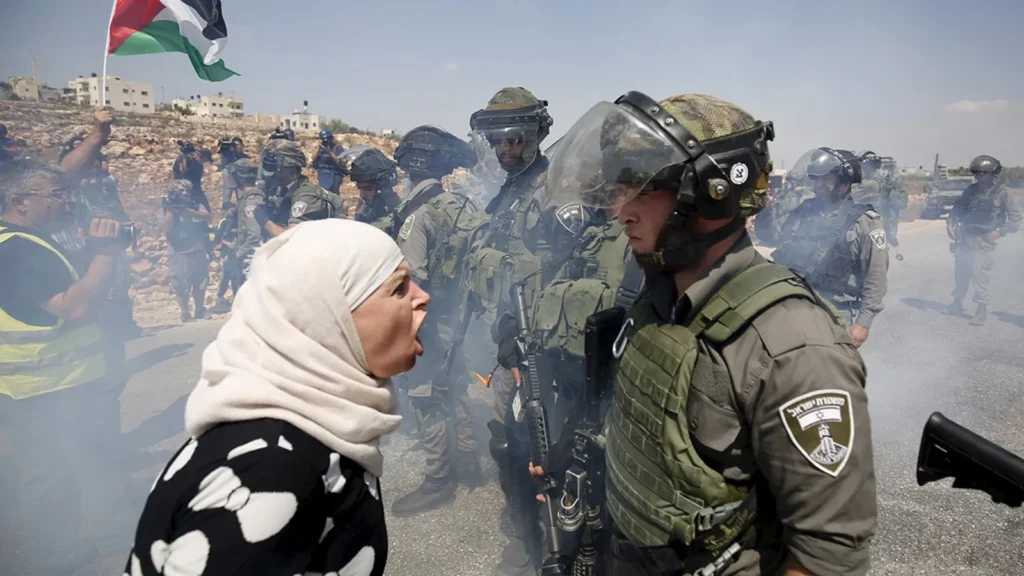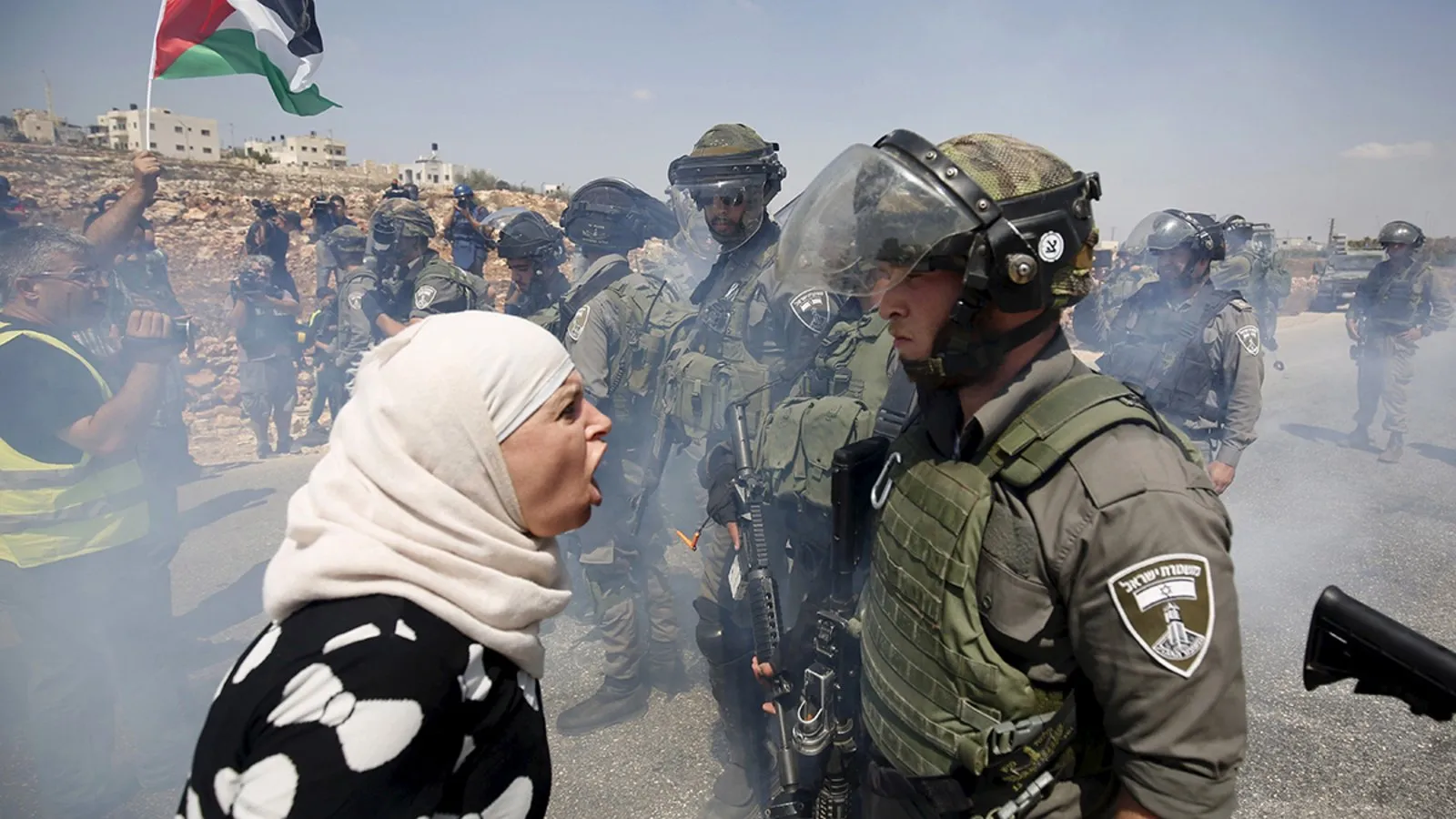
Introduction:
The conflict between Palestine and Israel is one of the longest-standing and most complex disputes in modern history. It involves deep-seated historical, political, and religious issues that have led to decades of violence and unrest. This article aims to provide a comprehensive overview of the origins, key events, current status, and the impact of the Palestine vs. Israel conflict on the world stage.
Historical Background:
The Origins of the Conflict:
- The roots of the Palestine-Israel conflict date back to the early 20th century, during the collapse of the Ottoman Empire and the rise of nationalist movements among Jews and Arabs.
- The Balfour Declaration of 1917, where Britain expressed support for a “national home for the Jewish people” in Palestine, intensified tensions between Jewish immigrants and the Arab population.
The Partition and the Birth of Israel (1947-1948):
- In 1947, the United Nations proposed a partition plan to create separate Jewish and Arab states, which was accepted by Jewish leaders but rejected by the Arab states and Palestinians.
- In 1948, the State of Israel was declared, leading to the first Arab-Israeli war. The conflict resulted in the displacement of hundreds of thousands of Palestinians, an event known as the Nakba (catastrophe) in Arab history.
Major Conflicts and Key Events:
The Six-Day War (1967):
- Israel captured the West Bank, Gaza Strip, East Jerusalem, Sinai Peninsula, and Golan Heights. The occupation of these territories remains one of the central issues of the conflict.
The First and Second Intifadas (1987-1993 and 2000-2005):
These Palestinian uprisings were marked by protests, violence, and clashes with Israeli forces, leading to significant loss of life on both sides and further hardening of positions.
Peace Efforts and Failures:
- Multiple peace initiatives, including the Oslo Accords (1993) and Camp David Summit (2000), sought to resolve the conflict but failed due to disagreements over key issues such as borders, refugees, and the status of Jerusalem.
Current Situation:
Gaza and the West Bank Today:
The Gaza Strip is controlled by Hamas, a militant group that opposes Israel’s existence, while the West Bank is governed by the Palestinian Authority. Both territories face severe economic hardships and restrictions.
Ongoing Violence and Humanitarian Crisis:
The conflict continues to be marked by periodic flare-ups of violence, airstrikes, rocket attacks, and clashes, leading to civilian casualties and widespread destruction.
The Role of International Players:
The United States, the European Union, the United Nations, and regional powers like Egypt and Jordan have all played roles in trying to mediate peace, with varying degrees of success.
Impact on Civilians:
Human Rights Concerns:
Both sides have been accused of human rights violations, including the targeting of civilians, restrictions on movement, and the blockade of Gaza, which has created a dire humanitarian situation.
Psychological and Socio-Economic Effects:
Generations of Israelis and Palestinians have grown up amidst violence, leading to deep psychological scars and perpetuating cycles of mistrust and hatred.
Prospects for Peace:
Despite numerous setbacks, there remains hope for a peaceful resolution. Grassroots movements, international advocacy, and renewed diplomatic efforts continue to push for a two-state solution or other forms of coexistence.
Conclusion:
The Palestine vs. Israel conflict is a deeply rooted and multifaceted issue with no easy answers. Understanding its history and the current dynamics is essential for grasping why peace has been so elusive. The path forward will require bold leadership, empathy, and an unwavering commitment to human rights and justice for all parties involved.



